As a parent, you want your child to succeed in school and feel confident in their learning. But what if something as simple as vision problems is holding them back? Many parents don't realize that children vision issues go far beyond just needing glasses for blurry vision. In fact, up to 25% of school-aged children have vision problems that often impact their academic performance and daily activities.
Why Good Vision Matters for School-Aged Kids
Vision is more than just seeing clearly. It’s about understanding and responding to what’s seen. Children need a range of visual skills for reading, writing, sports, and everyday activities:
- Visual acuity: Seeing clearly at all distances (chalkboard, books, screens).
- Eye focusing: Switching focus quickly from near to far and back.
- Eye tracking: Moving eyes smoothly across a page or following a moving object.
- Eye teaming: Using both eyes together for depth perception and coordination.
- Eye-hand coordination: Using vision to guide hands for writing, drawing, or sports.
- Visual perception: Recognizing, understanding, and remembering what is seen.
If any of these skills are weak, your child may have to work much harder to keep up in class or on the playground.
Common Children Vision Issues
The most frequent vision problems in school-aged children include:
| Condition | What It Means | Signs to Watch For |
| Myopia | Nearsightedness (blurry distance) | Squinting, sitting close to TV |
| Hyperopia | Farsightedness (blurry near/far) | Headaches, trouble reading |
| Astigmatism | Blurry or wavy vision | Complaints of distortion |
| Amblyopia | Lazy eye (one eye weaker) | Eye drifting, poor depth perception |
| Strabismus | Eyes not aligned (crossed/wandering) | One eye turns in/out, double vision |
Signs of Poor Eyesight in Kids
Children rarely complain about vision problems—they may think everyone sees the way they do. That’s why it’s important to watch for these signs of poor eyesight in kids:
- Frequent eye rubbing or blinking
- Complaints of tired eyes or headaches, especially after reading or screen time
- Short attention span for close work
- Avoiding reading or homework
- Covering one eye or tilting their head to see better
- Holding books or screens very close to the face
- Losing place while reading, using a finger to keep track
- Difficulty remembering what was read
- Squinting, especially at the board or TV
- An eye that turns in or out, or eyes that don’t move together
- Seeing double or blurred vision
- Trouble catching balls or poor hand-eye coordination
Sometimes, these symptoms are mistaken for learning difficulties or even ADHD. If you notice any of these, consider that your child needs glasses or another vision correction.
The Impact of Screen Time
Today's children spend significantly more time looking at screens than previous generations. Whether it's online learning, homework on tablets, or recreational screen time, digital devices add new challenges to children's vision health.
Extended screen time can worsen existing vision problems and create new ones. The blue light from screens, combined with the constant close-up focus required, can lead to digital eye strain. Watch for complaints about tired eyes, headaches after screen use, or difficulty focusing on distant objects after prolonged screen time.
Encourage your child to take regular breaks. Teach them the 20-20-20 rule: after every 20 minutes of screen time, focus on an object about 20 feet away for a minimum of 20 seconds. This easy habit can help ease eye fatigue and lower the risk of certain vision issues.
What to Do If You Suspect a Problem
- Observe and Ask: Watch your child during homework, reading, and play. Ask if they ever see double, have headaches, or if things look blurry.
- Don’t Rely on School Screenings Alone: School vision checks are helpful but not enough. They often miss issues with eye teaming, tracking, or focusing.
- Schedule a Comprehensive Eye Exam: Every child should have a full eye exam before starting school and every year after, or sooner if you notice problems. An optometrist or ophthalmologist can check all aspects of vision, not just clarity.
- Follow Up: If your child needs glasses, make sure they wear them as prescribed. Glasses can make a world of difference in learning and confidence.
Practical Tips for Parents
- Watch for changes: If your child’s grades drop, they avoid reading, or seem clumsy, check their vision.
- Encourage outdoor play: Natural light and distance viewing help eye development.
- Limit screen time: Balance digital learning with breaks and real-world activities.
- Model good habits: Let your child see you taking care of your own eyes.
When to Seek Immediate Help
Call your eye doctor right away if your child:
- Complaints of sudden vision loss or severe eye pain
- Sees flashes of light or floating spots
- Has an eye that turns in or out suddenly
- Develops redness, swelling, or discharge that doesn’t go away
Conclusion
Children vision issues are more common than most parents realize, and they can significantly impact your child's school performance and quality of life. By understanding the signs of poor eyesight in kids and ensuring regular comprehensive eye exams, you can help your child reach their full potential.
Remember, vision problems are highly treatable. Whether your child needs glasses, contact lenses, or vision therapy, proper treatment can make a dramatic difference in their academic performance and confidence. Trust your instincts as a parent - if something seems off with your child's vision or learning, don't hesitate to seek professional help.
Your child's vision is an investment in their future success, both in school and in life. Taking action now can set them up for years of confident learning and achievement.
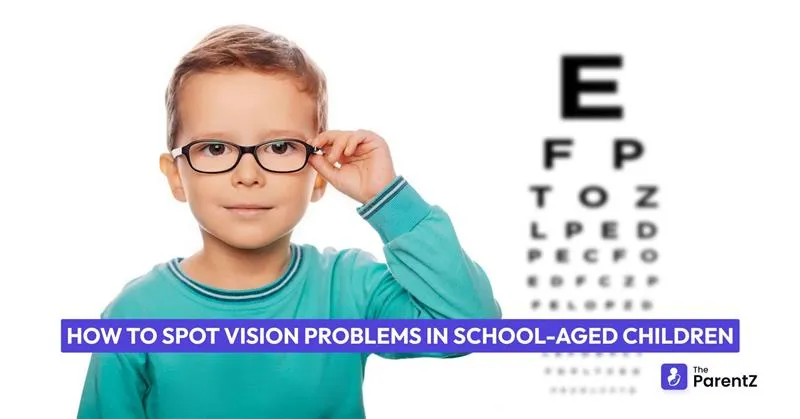

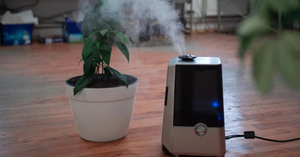
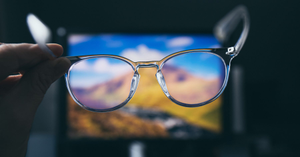
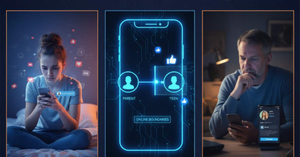
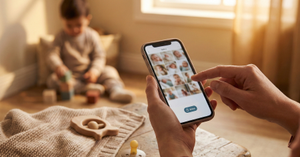
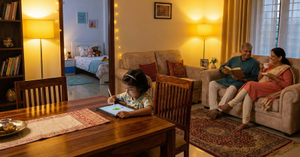
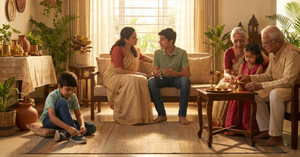
Be the first one to comment on this story.